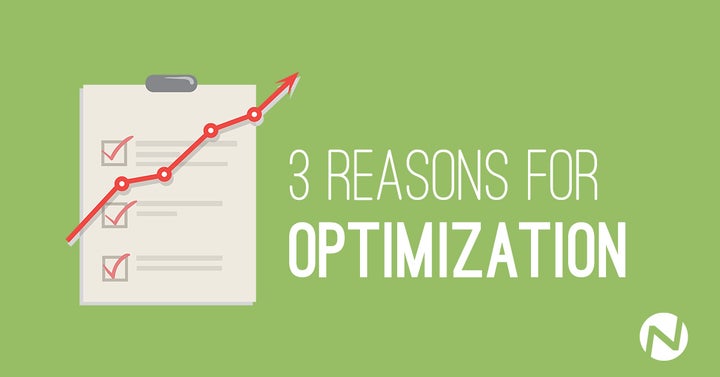
To be innovative, you need to ask yourself what you think will remain the same in the future, not what will be different, then invest in those areas (more on that here). But in those areas where you’re unsure what will work or it’s unknown or unpredictable, that’s where you need to be responsive and have the skills to figure out what will work. Or, put another way, this is why online fundraising optimization is important.
I think optimization sounds both cool and nerdy — kind of like a sentient robot that knows every line to every Star Wars movie so you definitely want it on your team for Star Wars trivia at your local pub — and it kind of is. Check out this nerdy definition of optimization from businessdirectory.com:
Finding an alternative with the most cost-effective or highest achievable performance under the given constraints, by maximizing desired factors and minimizing undesired ones. In comparison, maximization means trying to attain the highest or maximum result or outcome without regard to cost or expense. Practice of optimization is restricted by the lack of full information, and the lack of time to evaluate what information is available
A couple nerdy points here:
- Optimization operates within constraints, as opposed to just focusing on maximum or gross result
- It’s best done when you don’t have full information OR the time to get the information
And one main and ‘cool’ point as it relates to online fundraising optimization:
That’s your job as a fundraising and marketer!
To make the most of your limited (sometimes very limited) resources to get the best result. With limited information and resources, it’s hard to know what will work but an agile approach that is focused on rigorous testing — something that you can do pretty easily and pretty cheaply in the digital world — can help you know what actually works.
So in addition to optimization essentially being your job as a fundraiser and marketer, here are…
1. Capture the low hanging fruit today
I have an ‘aha’ moment every time I put together a pro forma or projection sheet for a client or possible client where we look at their three key metrics in the master formula for online fundraising — traffic, average gift, and conversion rate — and show the opportunity possible with just a 25% lift in any one area, two areas, or all three.
In the end, it looks like this (you can also plug your info into this form and get a personalized report with benchmarks):
This is an organization that raises just under $500,000 online right now. But if they could improve their conversion rate from 1.4% to just 1.75%, that would be another $118,000 raised.
$118,000!
That’s $118,000 extra dollars just by continue doing what they’re doing but focus on and test things like their donation page layout, value proposition, and form fields.
You don’t have to buy or rent lists. You don’t have to put on a time-sucking event. And you don’t have to pay gobs of money to fancy fundraising consultants. Although if you’re open to it… kidding. We’re not that fancy.
And some of these optimizations are quite simple. Take this experiment where we simply removed the navigation items on a donation page and it increased donations 25% and average gift 3%.
Control
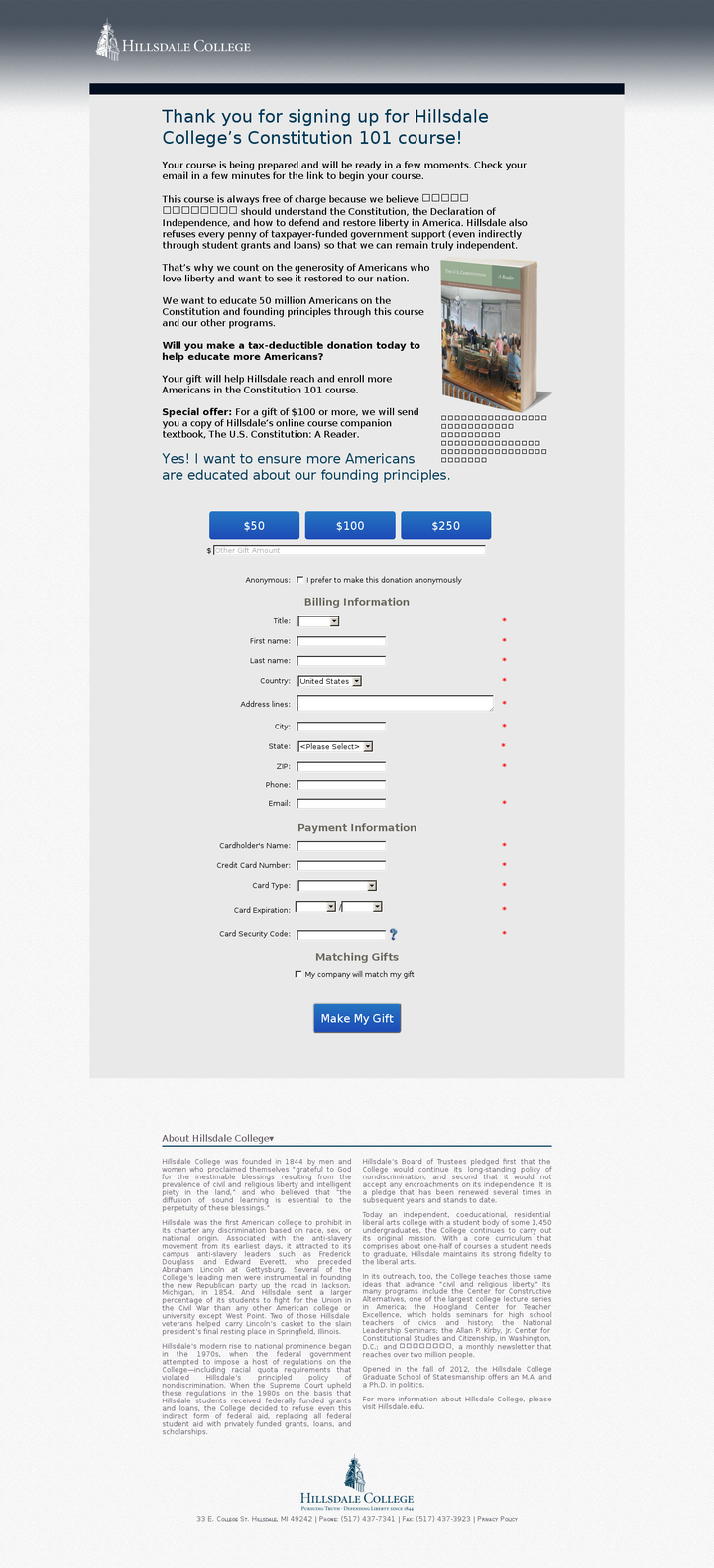
Treatment
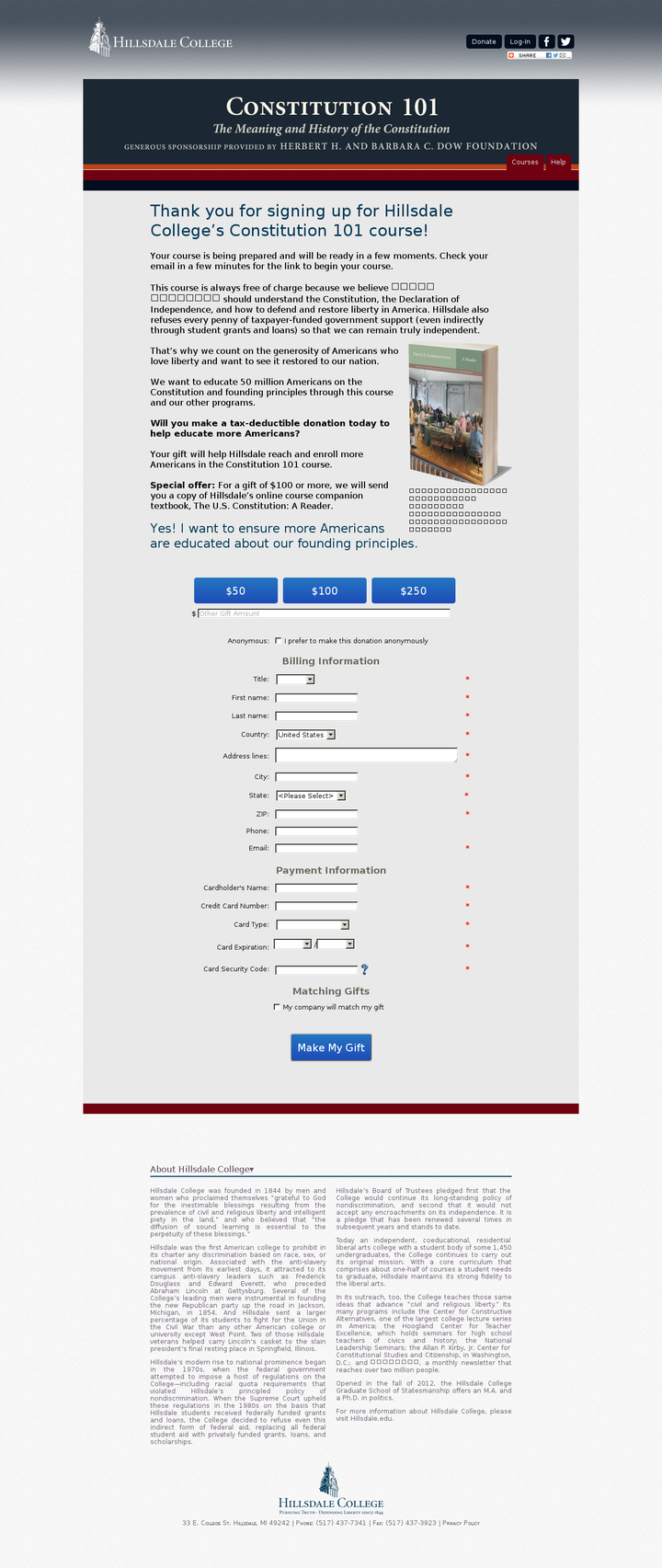
Result
20.18% Decrease to Conversions
At a time when all organizations are looking for cost-effective ways to raise more money for their cause, they, you, are sitting on potential donors and dollars each and every single day.
And, for what it’s worth, removing the navigation on your donation page, is a way to optimize any of the three types of online donation pages yet, from my experience, it is something that very few organizations do.
2. Gain insights and ideas for tomorrow
Trying to figure out what works, and what doesn’t, in one area often leads to insights and ideas for other tests and opportunities.
For example, I ran a test on email subject lines where I simply added ‘join us’ at the end of the subject instead of the organization name to try and a) indicate action and b) include and involve the reader thinking that if people felt more included they’d be more likely to open and if they knew there was an action involved when they opened they’d be more likely to click.
Control
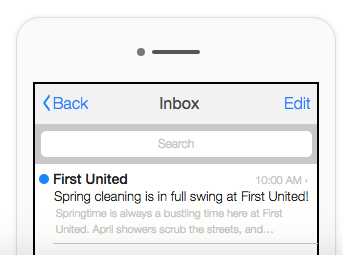
Treatment
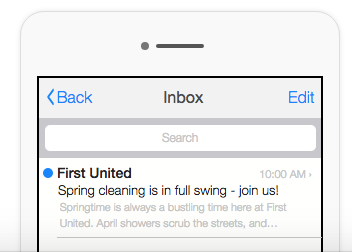
Result
42.19% Increase to Clicks
That experiment increased clicks 42.2% (Side Note: See how I wasn’t looking to test open rate but rather the action or click in this case? That’s a key to email fundraising optimization and choosing a metric is part of optimization 101). That experiment and result was neat, but then I got to thinking, “What if we added more inclusive calls to action on Facebook ads?”. That’s something we could test. Or “What if we used ‘join’ language on our monthly giving page”? That’s something we could test.
What ends up happening when you start testing is you actually start to create a culture of curiosity and reduces the fear of failure. And it’s actually this culture, in my opinion, that is most beneficial to organizations. As it leads to asking other questions. Coming up with other tests. Thinking about other ways to get lifts in emails and on landing pages. And negative results aren’t failures but insights that can lead to lifts, tests, and insights in the future.
So even if you can’t or don’t test everything at all times, the thought process you start to adopt and culture you start to create where you don’t know everything is hugely valuable.
3. Get the proof and data you need to invest
I’ve spent most of my career in the startup space — my first job, when I was consulting, in software, and then my own startups — so when I had a boss, I got frustrated when they wouldn’t do what I suggested it. Why don’t they just trust that my idea is a good one and will work?
It wasn’t until I was a boss — and not a very good one if I’m honest — where I quickly learned that as much as someone may have trusted me, I wasn’t reducing their anxiety about a decision or strategy by offering up any credibility behind my idea. I didn’t have the proof. I didn’t have the data.
That’s where testing and optimization can help as well. First off, you can borrow from what others have tested and learned (like us and our researchand resources) but secondly, you can say ‘we’ll test it and prove it’.
Take this experiment, as Tim explains below, that sought to prove something many people, like me, have said and believe without, perhaps, ever being able to really prove it: that offline/direct mail can boost online giving.
Control
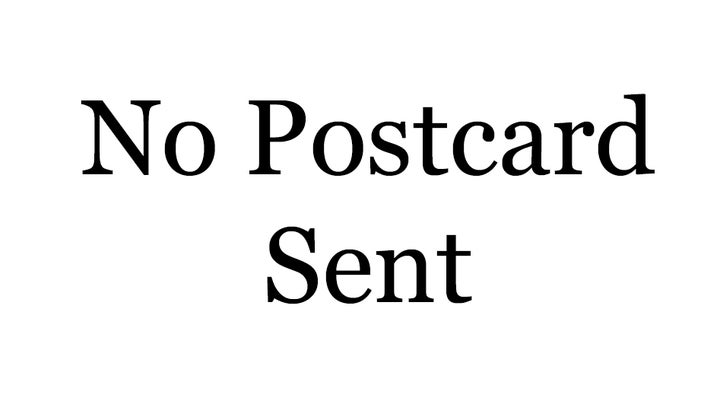
Treatment

Result
204.09% Increase to Conversions
That’s a pretty huge lift, low hanging fruit, and a great insight for the future (send more postcards, make sure you thank in advance of asks, use personalized video, etc.) but now you’ve also backed up your idea and can look at investing further into that strategy and those other insights. Not only that, you’ve built up more credibility with your boss and decision makers because you took a data and evidence-based approach and got the info needed to back up your idea.
A boss, or in our case clients, love that!
So…
Optimization is making the most of the (limited) resources you have at your disposal. You can capture value from the low-hanging fruit, like simply removing navigation items from a donation page, get ideas and insights for other campaigns, from something like an action word in a subject line, and get buy-in with leadership and bosses with a ‘test it and prove it’ approach.
And to top it all off, online fundraising optimization can help create a cultural curiosity with benefits that can ripple throughout your team and organization. Good luck and happy optimizing!
Originally published at www.nextafter.com.
